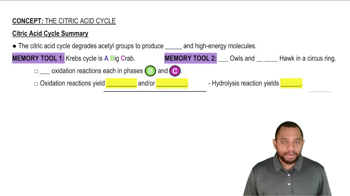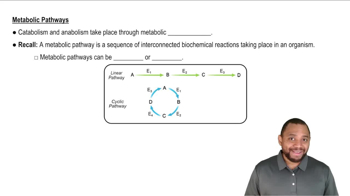Textbook Question
Decide whether each of the following statements is true or false. If false, explain why.
a. The amino acid pool is found mainly in the liver.
 Verified step by step guidance
Verified step by step guidance Verified video answer for a similar problem:
Verified video answer for a similar problem:



 2:6m
2:6mMaster Intro to Amino Acid Catabolism Concept 1 with a bite sized video explanation from Jules
Start learning